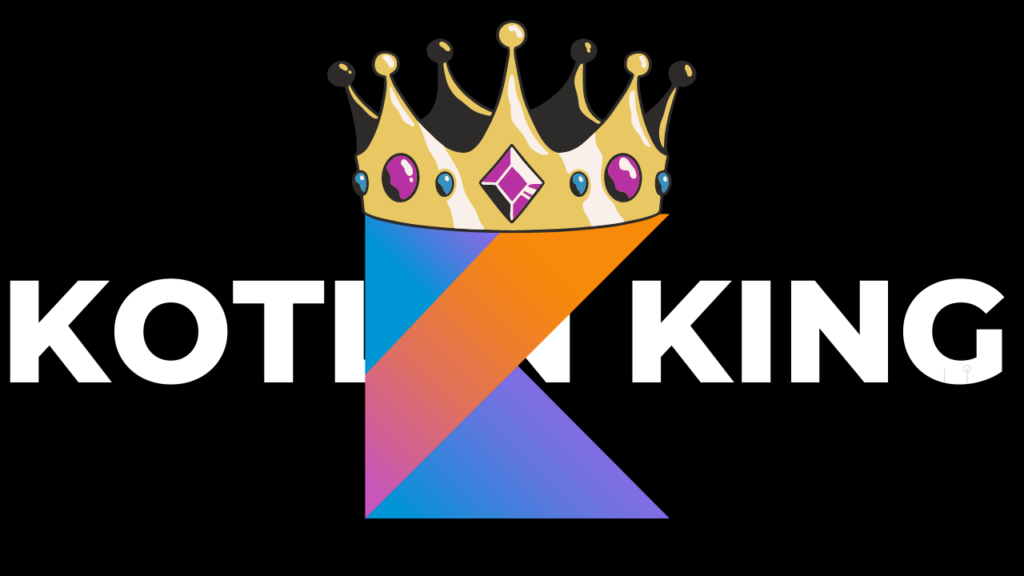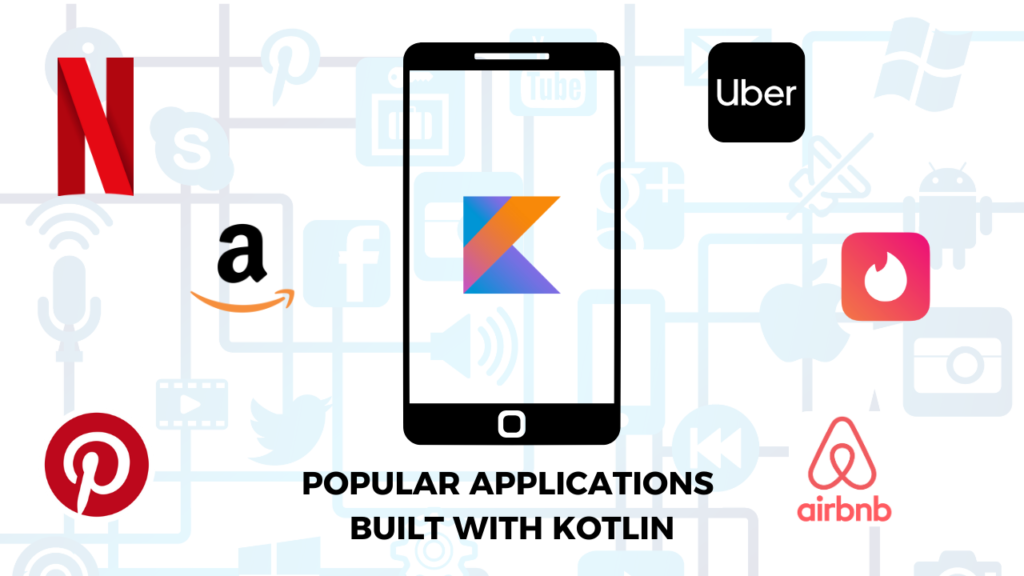Ultimate Battle: Why Kotlin Wins Over Java in Android Development in 2023

Table of Contents
- Introduction
- Java x Android
- Kotlin x Android
- Java vs Kotlin
- Kotlin Advantages
- Syntax Comparison
- Kotlin Applications in Industry
- What should I choose?
- Conclusion
Introduction
The world of Android app development has evolved rapidly over the years, and with it, the choice of programming language has also transformed. While Java was once the undisputed king, Kotlin has emerged as a powerful contender and has quickly become the preferred language for many Android developers. In this blog article, we will explore the reasons why Kotlin is favored over Java in Android development and why it has captured the hearts of developers worldwide.
Java x Android

While Java has been the traditional language for Android development and has powered numerous successful applications, it is not without its limitations. One of the major drawbacks of Java in the context of Android development is its verbosity. Java code tends to be more verbose and requires writing boilerplate code, which can make the development process slower and less efficient.
Additionally, Java lacks some modern language features that are available in more recent languages like Kotlin. For example, Java does not have built-in null safety, leading to a higher risk of NullPointerExceptions, a common source of bugs in Android apps.
As Google actively supports and encourages the adoption of Kotlin in Android development, it’s evident that Java’s limitations have led developers to seek alternative solutions that provide a more modern and robust development experience for building cutting-edge Android applications.
Kotlin x Android
Kotlin has rapidly become the preferred language for Android development and for good reasons. One of the key advantages of is its concise and expressive syntax, which reduces boilerplate code and enhances code readability, making development faster and more enjoyable.
The built-in null safety feature in it helps prevent common null-related crashes, making apps more robust and stable. This feature alone saves developers countless hours debugging and fixing null pointer exceptions, improving overall code quality.
Additionally, its extension functions enable developers to add functionalities to existing classes without modifying their source code. This promotes a more modular and clean codebase, leading to better organization and maintainability.
Google’s official endorsement of Kotlin as a first-class language for Android development further solidifies its position in the Android ecosystem. As the language continues to evolve and improve, It remains an excellent choice for developers looking to build modern, high-quality Android applications efficiently.
Java vs Kotlin

Kotlin and Java are both popular programming languages, with each having its strengths and weaknesses. It is a modern, concise, and expressive language that aims to address some of the limitations of Java. It offers features like null safety, extension functions, and coroutines, which enhance developer productivity and reduce the chances of bugs. It’s interoperability with Java allows for seamless migration from Java projects while enjoying the benefits of a more modern language.
On the other hand, Java has been the industry standard for many years, with a vast ecosystem and extensive community support. It remains a solid choice for Android and enterprise development, but its growing popularity and continuous improvement make it a compelling alternative for those seeking a more streamlined and feature-rich language for their projects.
Kotlin Advantages
- Concise and Expressive Syntax
- Null Safety
- Interoperability with Java
- Enhanced Developer Productivity
- Extension Functions
- Coroutines for Asynchronous Programming
- Android KTX
Concise and Expressive Syntax
Kotlin was designed to be a more concise and expressive language compared to Java. It reduces boilerplate code significantly by providing more modern features like type inference, data classes, extension functions, and smart casts. These features help developers write clean, readable, and maintainable code, making development more efficient and enjoyable.
Null Safety
One of the most common challenges in Android development is dealing with null references, which can lead to dreaded NullPointerExceptions. It addresses this issue with its built-in null safety features. By distinguishing nullable and non-nullable types at the language level, it helps prevent a vast number of null-related crashes. This feature alone has been a game-changer for developers, as it fosters better code quality and reduces bugs.
Interoperability with Java
Migrating from Java to Kotlin is not an all-or-nothing decision. Kotlin was designed to be fully interoperable with Java, allowing developers to seamlessly integrate new code into existing Java projects. This adaptability has made it easier for developers to adopt it gradually, allowing them to take advantage of its benefits while still leveraging their existing Java knowledge and codebase.
Enhanced Developer Productivity
Kotlin’s modern language features contribute to enhanced developer productivity. The succinct syntax and powerful abstractions allow developers to write code with fewer lines, reducing the chances of errors and speeding up development. Additionally, Kotlin’s integration with Android Studio provides smart code completion, quick fixes, and in-depth IDE support, which further streamlines the development process.
Extension Functions
Kotlin introduces the concept of extension functions, enabling developers to add new functions to existing classes without modifying their source code. This capability not only encourages a more modular approach to development but also allows for cleaner, more organized code, as developers can place related functions directly with the relevant classes or interfaces.
Coroutines for Asynchronous Programming
Handling asynchronous operations in Android was traditionally accomplished using callbacks or Java’s AsyncTask. However, Kotlin offers a more modern and efficient approach with coroutines. Coroutines simplify asynchronous programming, making it easier to write and read asynchronous code without the callback hell. They provide a more natural flow and can greatly improve the performance of Android apps.
Android KTX
Google’s Android KTX (Kotlin Extensions) is a set of extensions that provides a more idiomatic and concise way of writing Android code. Android KTX leverages Kotlin’s language features to simplify many common Android tasks, making the code more expressive and easier to understand.
Syntax Comparison
Main Function
Kotlin:
fun main() {
val message = "Hello, Kotlin!"
println(message)
}
Java:
public class Main {
public static void main(String[] args) {
String message = "Hello, Java!";
System.out.println(message);
}
}
Variable Declaration
Kotlin:
val age = 25 val name: String = "John"
Java:
val age = 25 val name: String = "John"
Conditional Statements
Kotlin:
val number = 10 val result = if (number > 0) "Positive" else "Non-positive"
Java:
int number = 10; String result = (number > 0) ? "Positive" : "Non-positive";
Looping
Kotlin:
for (i in 1..5) {
println(i)
}
Java:
for (int i = 1; i <= 5; i++) {
System.out.println(i);
}
Null Safety
Kotlin:
val text: String? = null val length = text?.length ?: 0
Java:
String text = null; int length = (text != null) ? text.length() : 0;
Kotlin Applications in Industry

- Netflix
- Amazon
- Uber
- Tinder
- Airbnb
Kotlin has become the preferred language for Android app development. Many popular apps on the Google Play Store, including Pinterest, Slack, Trello, and Netflix, have either fully migrated to it or use it alongside Java for their Android applications.
What should I choose?

In 2023, when making the decision between Java and Kotlin for Android development, Kotlin emerges as the more favorable choice. With Google’s official endorsement of Kotlin as the preferred language for Android app development, its adoption has grown significantly, and it has become the de facto standard in the Android ecosystem. Concise syntax, null safety, extension functions, and coroutines offer significant advantages over Java, enhancing developer productivity and reducing the likelihood of bugs. Moreover, it is seamless interoperability with Java allows for a gradual migration, making it a practical choice for projects with existing Java codebases.
As Kotlin continues to evolve and gain popularity, it provides a modern and feature-rich development experience, making it the logical choice for building cutting-edge Android applications in 2023 and beyond.
Conclusion
Kotlin has brought a breath of fresh air to Android development. Its concise and expressive syntax, null safety, interoperability with Java, enhanced productivity, extension functions, coroutines, and Android KTX have made it a top choice for many developers. With Google officially endorsing it as a first-class language for Android development, it’s clear that Kotlin is here to stay and will continue to play a significant role in shaping the future of Android app development. So, if you’re an Android developer looking to stay ahead of the curve, embracing it is undoubtedly a wise decision.
Read Android Development Roadmap: Click here
Subscribe to Android Knowledge: Subscribe
